"I come from the old-school, the analogue tape and mixing desk-era - but with software, you have so much potential for playing around": The Orb spin-off Sedibus on new project SETI, manipulating samples and the evolution of technology
Detaching from The Orb mothership, Sedibus is the latest project of core figurehead Alex Paterson, accompanied by former Orb-member and key creative collaborator Andy Falconer
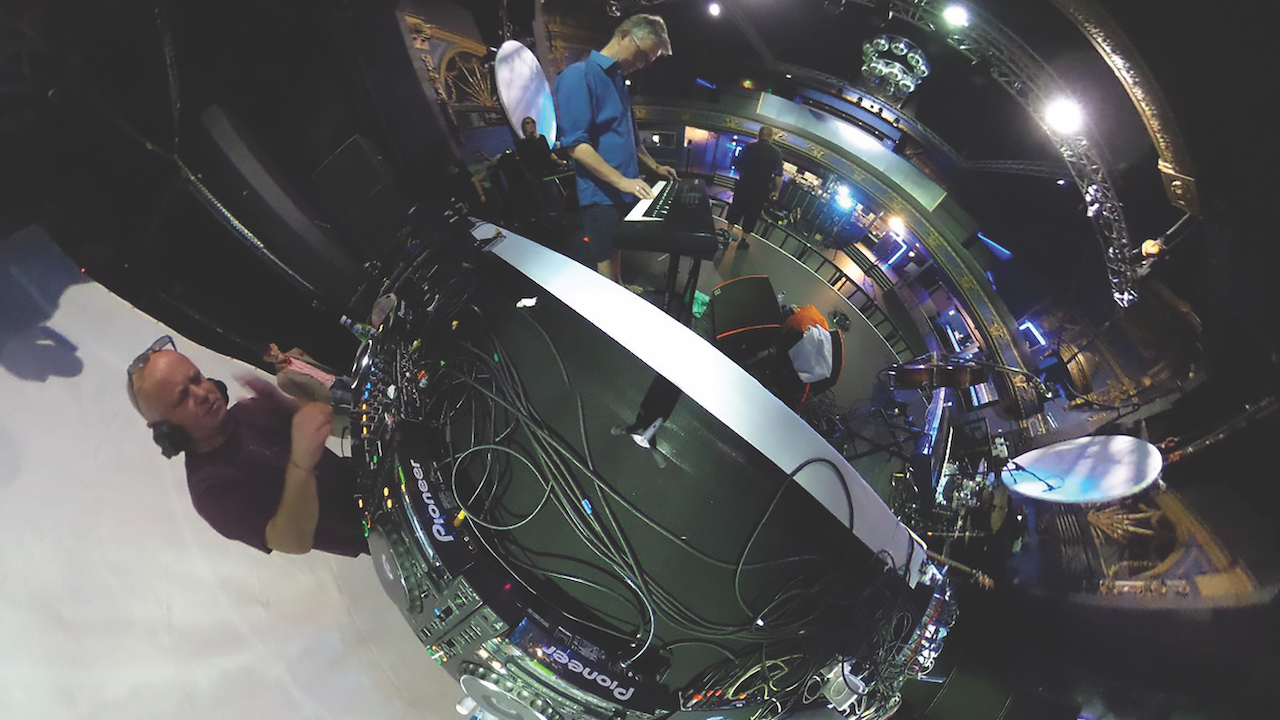
As one of those foundational outfits that defined so much of what we now take as read in the electronic domain, The Orb needs little introduction. Back in 1988, their beloved debut, The Orb’s Adventures Beyond the Ultraworld set a new benchmark for evocative ambient and dub.
While subsequent records and line-up changes gave us further mind-expanding sonics (namely 1992’s U.F.Orb and 1995’s Orbus Terrarum), it’s that perfectly titled debut that remains their high watermark. Beyond The Orb’s creative lynchpin Alex Paterson, former studio engineer Andy Falconer became a key member of the initial lineup who assembled that debut.
Decades on, and following a 20+ year family-focussed sabbatical, Falconer and Paterson reunited once again, this time under the new guise of Sedibus. Their immersive 2021 debut The Heavens was a thoroughly captivating listen. Impressive sales and critical giddiness has led the pair to expand on the Sedibus universe with follow-up, SETI.
“There was never a multiple-album deal or anything, [Sedibus] was just spurred by the idea of getting together again and making a record,” Andy explains, when asked to take us back to the beginning of the Sedibus project. “Obviously between me and Alex last properly working together in the studio, I’d done some remixing for The Orb and we’d stayed in touch over the years.
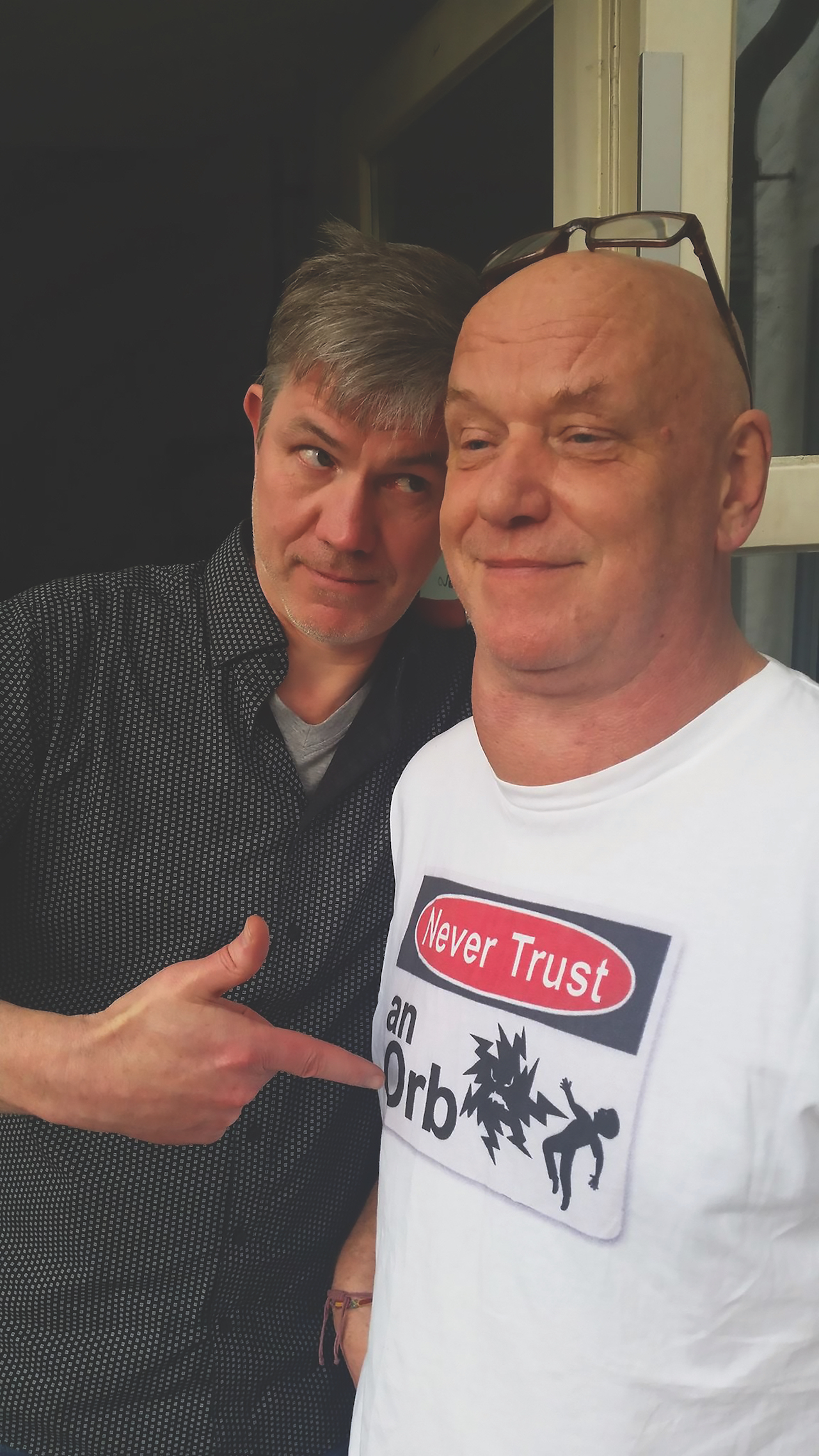
"But it had been over 30 years since we’d properly done something together creatively. It was at Space Mountain festival in Spain where we met up, and Alex said, ‘Hey, how do you fancy making a record together again?’ So, it was just a case of bouncing ideas backwards and forwards, to see what would happen. It very quickly clicked. There was really no problem creatively.”
This ease of working resulted in that glorious debut, with the record’s most divine moments (such as the 19-minute, space-angled epic Unknowable) pushing the pair to reconvene for album 2. “Cooking Vinyl loved the first album, and definitely wanted to get behind it. Luckily enough, people who heard it liked it as well. Of course, then it was obvious to do a follow-up to it.
The follow-up was done rather quickly, and it’s been sitting on the shelf for a year and a half. It’s just been waiting for the right time period in Alex’s activities – he’s a very busy guy and runs his own label, Orbscure Recordings.” It’s worth noting here that The Orb is still very much alive, currently co-fronted by Alex and Michael Rendall.
Want all the hottest music and gear news, reviews, deals, features and more, direct to your inbox? Sign up here.
The outer reaches
While the first record swam in dense synthetic currents, and told a gradually evolving sonic story, SETI incorporates a wider textural palette that includes a range of acoustic instruments. As Andy says, “it would have been very easy and very tempting to just continue in exactly the same vein as The Heavens, but the only plan really was to try and develop the idea a little bit further. One of the things we thought was to look at using more acoustic instruments, alongside the synthetic elements.

"I was the first off the mark at the beginning of Sedibus in sending Alex the idea for a track that was deliberately a little bit provocative. Alex replied saying that he ‘fucking hated’ it. It was really kind of funky – so I looked at the arrangement again, and that turned into Unknowable. When it came to do the second record, it was Alex that was first off the mark trying to shake things up.”
Instructing Andy to tune in to his popular WNBC radio show, Alex transmitted a three-hour set of new and original ideas that Andy could develop. “He said ‘get ready to record.’ It must have been a pretty strange show for anyone who was listening, because he was basically just transmitting three hours worth of music to me, with loops, textures, musical parts and other bits.
"I just got three hours in one go of potential ideas from Alex. Then we spoke on the phone afterwards, and talked through some of the ideas. The first thing I actually did was sit down and cut up three hours worth of potential samples and parts. Made musical ‘bits’ and turned loops into rhythms. I put some stuff into Steinberg’s Padshop and created new material with it.”
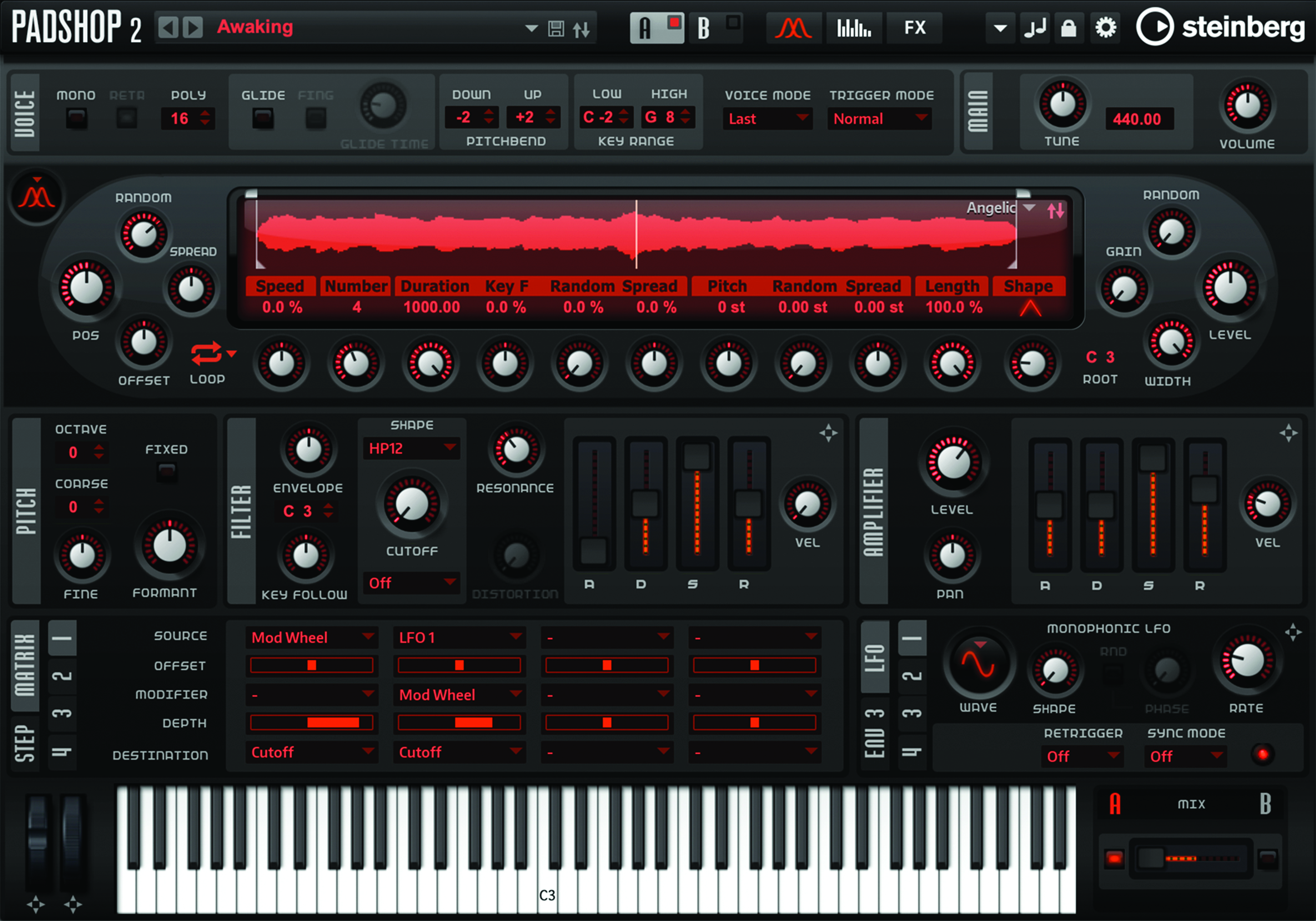
Interestingly, both Andy and Alex kept the limitations of vinyl quite firmly in mind when assembling the record, prioritising it as the listening experience of choice. “The album was pretty much recorded in the order you hear it on the record. We were both thinking primarily about people listening to it on vinyl, and worked to the time constraints of the format. We started sharing ideas via email, and the album developed from there.”
The speed of light
With the mention of Steinberg’s Padshop, we assume that Cubase is Andy’s primary working environment? “Yes,” he confirms. “In fact, everything is software-oriented these days. I come from the old-school. The analogue tape and mixing desk-era. Whereas then everything was largely outboard, everything is virtual now. So, Cubase is my primary DAW. I’m still on version 10.5. My desk interface is the Behringer X-Touch, and what I use for monitoring is the Universal Audio Apollo Twin. Also, [UA’s] software emulations are really, really good.”
Synth and sample-wise, Andy explains that Native Instruments Kontakt is a big workhorse, and he elaborates further on his use of Steinberg’s Padshop: “I like it a lot because you can just pull in your own bits and pieces.
"When we made The Heavens there was a moment where Alex sent me a YouTube video link to a particular ambient piece, and said ‘I really like what this guy is doing, can you take some inspiration from that?’ So I just took the entire 12-minute track out of YouTube, banged it into Padshop, played around with it and made a completely new soundscape and texture from it. This became the basis of one of the new tracks.”
I sent Alex an idea that was deliberately a little bit provocative. He said he ‘fucking hated’ it!
We ask Andy what, beyond Cubase, he couldn’t work without. “It probably doesn’t fall exactly into the area you’re thinking of, but the thing that I’ve always loved in the studios when I started my career, is a pair of Generic 1030A self-powered monitors. I’m old school, I like the older versions. I love them as near-field monitors. I’ve always tried to work with them in my own studio. That’s probably been the constant, or the most obvious constant in my workflow.”
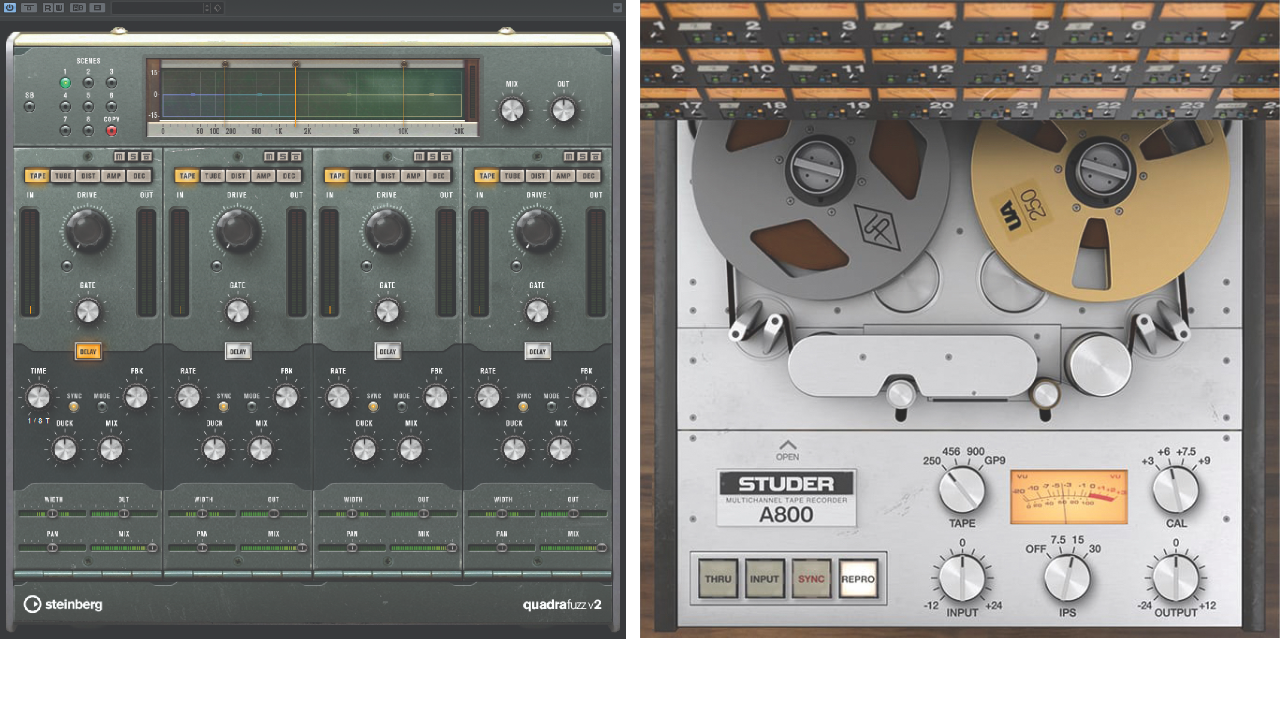
With his decades of studio experience, we wonder if Andy has any misgivings about the software-saturated world we (and he) now operate in, when compared to the practical skills required to use gear in the old days? “Well, I like the amount of automation that’s open to you [with software],” he says.
“Having everything based in software – whether it’s filters, EQs, effects-sends; you have so much potential for playing around. The main thing with it all being software-based is that it’s an awful lot quicker to do anything. I remember back in the days when you’d have to sit in front of a Studer tape machine with a razor blade and cut everything up to make the arrangement.
We always trust that one of us will come up with the goods. We’re both inquisitive and like to try new things
"You’d have tape around your neck and it was so messy. These days you can just drag and drop with your mouse, it’s tremendously quicker. The time-stretching capabilities of just pressing a button and getting something to loop immediately into the key that you want is fantastic. I remember the Akai S1000 when that ability first came in, it was a revelation then, but you were still playing around with the algorithm. Nothing was exact.”
Andy continues: “Now you have way more creative possibilities open to you because you can try things out quicker, you’re not committing yourself to one thing. We can just do it. It did have a certain charm – that old way – trying out different amps and putting them in different rooms etc, sending signals out, miking them up, bringing them back. Creating rooms and different sound effects, now you do it all virtually. You gain on the one hand, and lose a little bit on the other.”
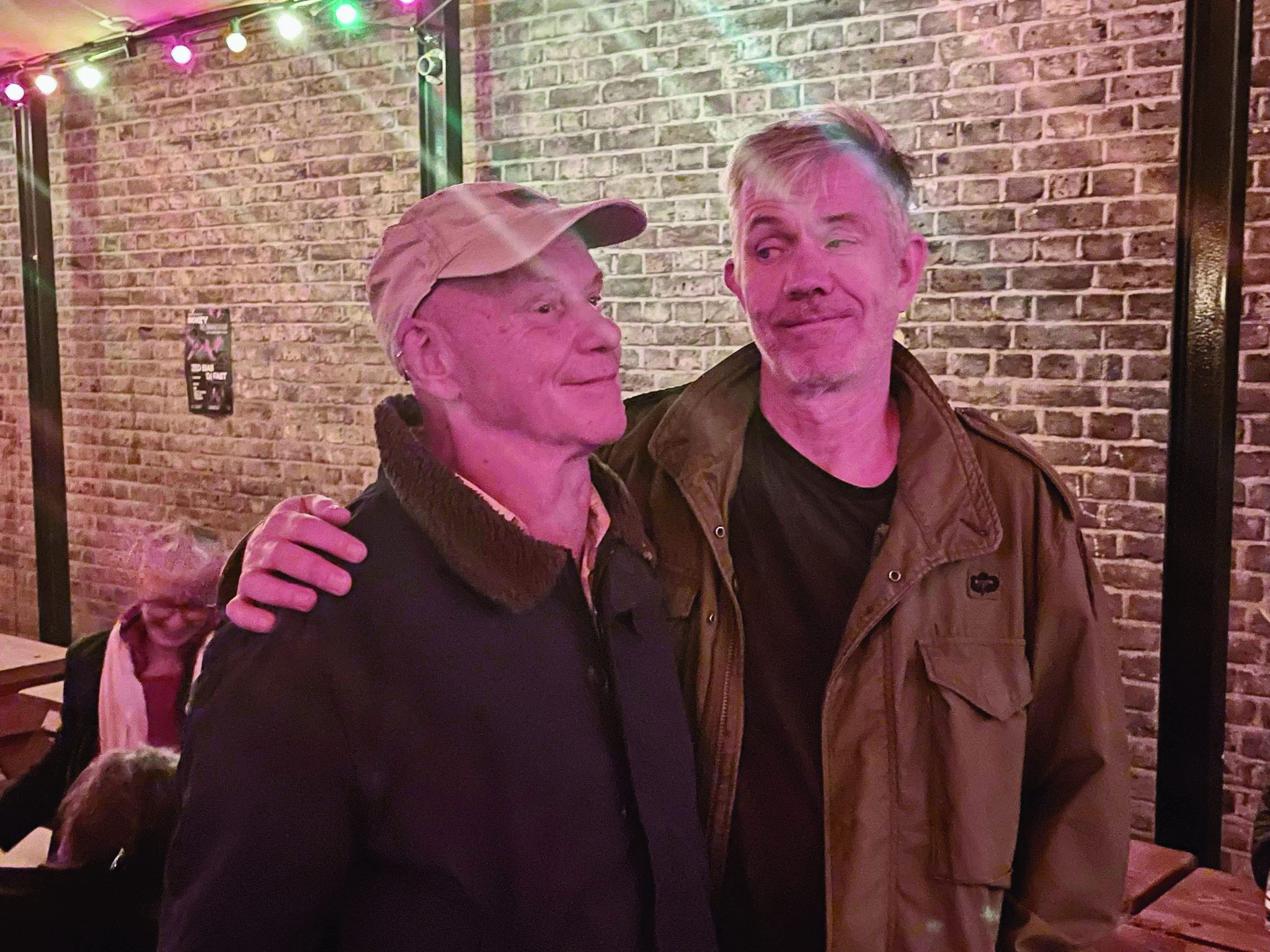
With his fond memories of that messily charming analogue world, it’s no surprise that Andy still regularly uses tape distortion, albeit in software form: “I love virtual tape emulation. Going back to UAD, I really like their Studer A800 software. The kind of harmonic distortion you get from that is so authentic. I use it on an awful lot of things. Even if you’re not really aware of it. I do actually like playing with a lot of distortion. I sometimes bring in an old favourite of mine, the good old Quadrafuzz (a Cubase stock distortion). It gets used quite a lot. So, I guess I’m adding in some of that analogue flavour when I can.”
Beyond the Ultraworld
In his home studio, currently set-up in Portugal, Andy developed Alex’s initial ideas and collaborated long-distance. “We always trust that one of us will come up with the goods. I know Alex’s musical headspace very well and I think it’s the same with him for me. We’re both very inquisitive and like to try out new and different things. We’re not shy of following things and seeing where they go.
I think it’s that shared curiosity that leads us to discovery, and we blindly know where the other person is at. When you’ve known each other for so many decades, there is a certain amount of unspoken communication where you know where the other person is going with something almost before it happens. It’s one of the great, magical things about making music with other people.”
We wonder how the division of labour is decided. Andy stresses that at no point do they narrow down who does what. “There’s never any sort of apportioning work where we decide who does what,” he clarifies. “It varies definitely from track to track. It’s also how you quantify the input as well. Sometimes, Alex has more of a guiding hand, sometimes it’s more of a case of actually coming up with the physical bits and parts that are being used, other times it’s the other way round.
There’s no hard and fast rule. I always look at the records and think they definitely are very much a 50/50 collaboration, regardless of who exactly played how many notes on what tune! When it comes to the final mixes, that’s down to me. At the same time, there’s tons of input from Alex, and I’m sending stuff over to him the whole time.”
Whether a third record would continue being ambient, or whether we’d go dub, it’s hard to say
The record’s thematic concern with extraterrestrial intelligence is borne out by its title, SETI, aka: The Search for Extraterrestrial Intelligence, a collective term for any and all organisations looking heavenward in the hopes of communicating with non-Earth based intelligences. It primarily refers to the SETI Institute, an American nonprofit dedicated to searching for little green men and everything else beyond.
Back to Sedibus, we’re intrigued as to why the pair aligned their creative crosshairs onto the search for ET? “We both have a shared love of space exploration,” says Andy. “It was way more exciting when we were kids. Very early on, Alex came up with the idea of calling it SETI. I basically ran with that and started looking for things that married up with that core idea.

"I came up with quite a few of the vocal samples. One difference between this and the first album, was that the vocal parts here came mainly from me, while the first album had mainly Alex’s. I found a great search engine where you put in what you’re looking for, and it’ll trawl the internet and provide a huge amount of usable media pertaining to a topic.
It has all these bleeps and synthetic textures, but then the whole thing morphs into an acoustic thing, which ends up sounding like a real band could stand up and play it. I like how it nicely merges from one to the other
"That’s where I got things like obscure US podcast audio, where they discuss whether Jesus was an alien and that kind of thing. When it came to the B-side of the album, the first track was done and the second track was really sort of a recycling of stems that hadn’t been used on the first track, becoming a part two. That’s when we hit upon having SETI as a three-part cycle.”
Across SETI’s runtime, consciousness-lifting sonics whirl into hypnotic micro-galaxies of sound. Spanning five tracks, the record opens with the acoustically-tinged Paradise and Purgatory, and culminates in the three-part SETI cycle. It’s this extraordinary suite that Andy cites as his favourite part of the record.
“I think I’d have to say SETI – Part 2, specifically,” Andy says. “I like how it starts off very electronically. It has all these bleeps and synthetic textures, but then the whole thing morphs into an acoustic thing, which ends up sounding like a real band could stand up and play it. I like how it nicely merges from one to the other.”
Prepare for launch
With SETI now released, we wonder if Sedibus is set to continue venturing into aural pastures new, or whether SETI marks the project’s resolution? “Well, there’s always the possibility of doing more,” muses Andy, “but at the end of the day, we’ve made these records based on our creative drives, and we made what we wanted. From one point of view it’s an egotistical thing when we’re making it – we’re focused on pleasing ourselves.
"But, of course, you’re not working in a vacuum the whole time. When it’s finished, someone will invest money and make vinyl and spend time promoting it. It’s got to sell at the end of the day. As long as there’s a market for it then there’s the chance that we’ll make another one. One of the big things is that we had a lot of fun getting together making these two records. It’s been natural and easy.”
Future live dates for Sedibus haven’t been decided at time of writing, with Alex’s continuing responsibilities as The Orb’s linchpin taking up a great deal of his time. But as far as Andy is concerned, the pair could hit the stage relatively easily: “There’s been noises made with regard to that, and I know that we’re looking at ways of doing it. At the moment, I don’t have any firm dates.

"We can do stuff pretty much at the last minute. Last year we played a Sedibus gig at Alex’s Psychedelic Orbscure Ambience Festival. I put the live set together in Portugal and travelled over to England. The plan was that we were going to have a run-through beforehand, but that didn’t happen, so we just turned up on the night, set up and played the album together for the first time without doing a rehearsal.”
Andy stresses that, personally speaking, he’d be delighted to collaborate with Alex on further Sedibus projects: “There’s definitely lots of new things we’d like to explore together. When we made The Heavens, the concept at the start was to make a record that reflected and referenced our shared roots – going back to Ultraworld, but it also showed how far we’ve come from that.
"With SETI, the feeling was ‘how can we continue on from this development?’, ‘what do we want to explore next?’. With this record, it was primarily the acoustic textures that we brought in a lot more. Whether a third record would continue being ambient, or whether we’d go dub, it’s hard to say. But it would incorporate elements we both enjoy. It all depends on how we’re feeling when we sit down and decide what to do.”
SETI is available now via from here or The Orb's Bandcamp. For further information on the Sedibus project, see The Orb's official website.


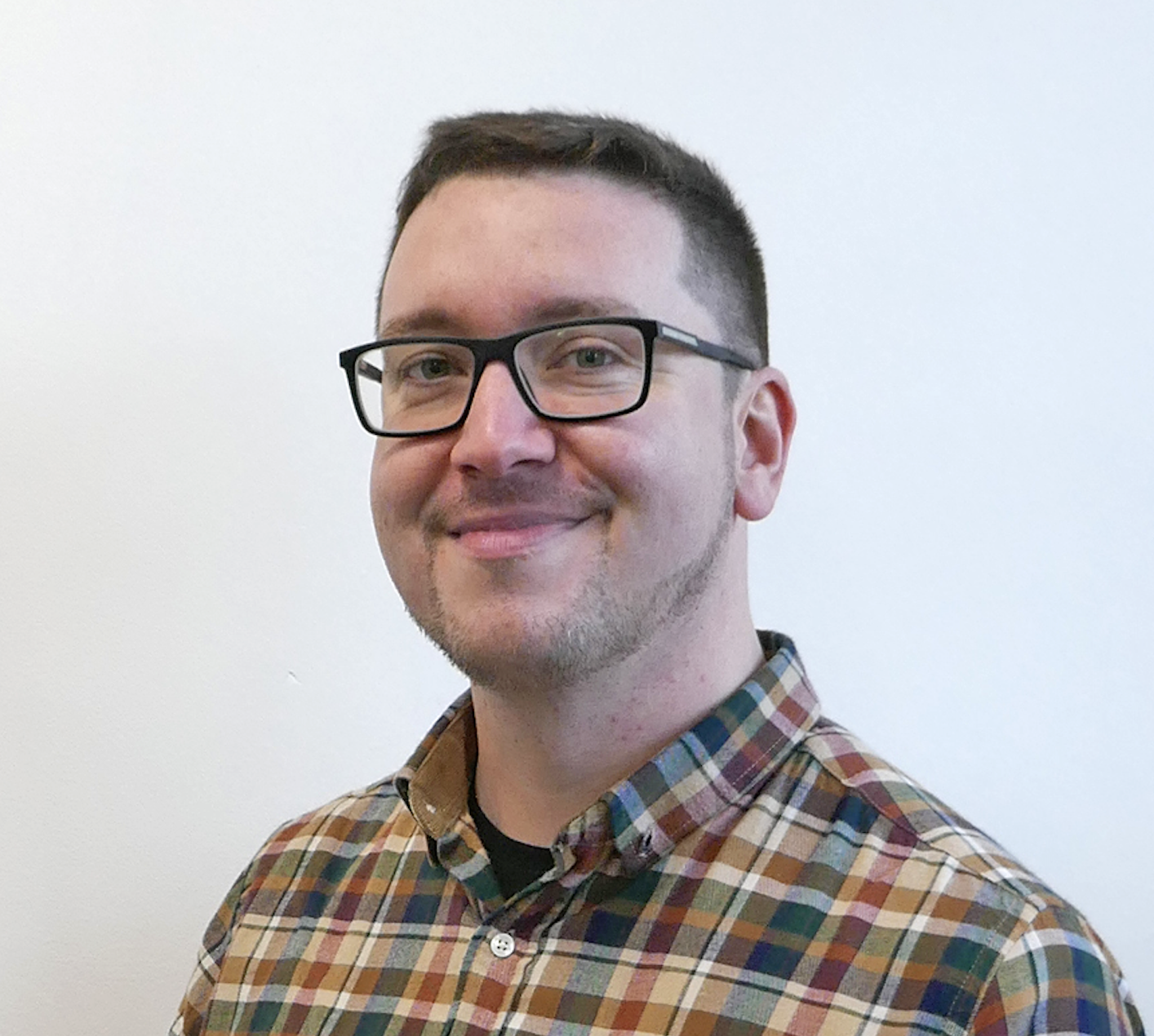
I'm Andy, the Music-Making Ed here at MusicRadar. My work explores both the inner-workings of how music is made, and frequently digs into the history and development of popular music.
Previously the editor of Computer Music, my career has included editing MusicTech magazine and website and writing about music-making and listening for titles such as NME, Classic Pop, Audio Media International, Guitar.com and Uncut.
When I'm not writing about music, I'm making it. I release tracks under the name ALP.